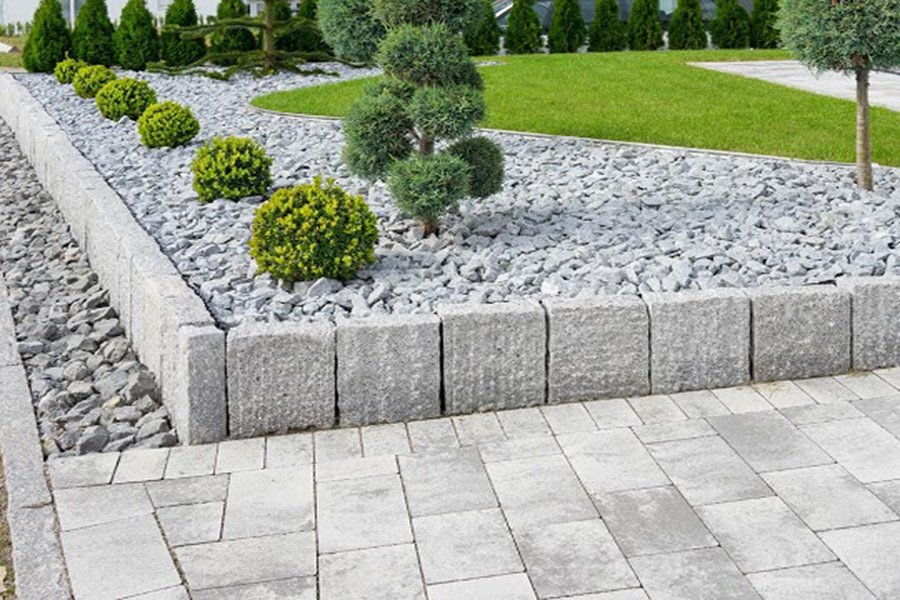Hedge Design: A Comprehensive Guide to Creating a Beautiful Landscape

Hedge Design: A Comprehensive Guide to Creating a Beautiful Landscape
Are you looking for a way to add some natural beauty to your property while also providing privacy and security? Consider hedge design! Hedges are a versatile landscaping element that can be used to create boundaries, windbreaks and stunning focal points in your outdoor space. In this article, we will explore the basics of hedge design from selecting the right plants to maintaining your hedge for years to come.
Introduction to Hedge Design
Hedge design has been a popular landscaping technique for centuries. Hedges are created by planting a row of shrubs or trees close together and then trimming and training them to form a cohesive and attractive shape. They can be used to create formal garden designs or to add a natural informal look to your landscape.
Types of Hedges
When selecting the plants for your hedge, consider the overall look you are trying to achieve as well as the climate and soil conditions in your area. Here are some popular hedge plant options:
Evergreen Hedges
Evergreen hedges are a popular choice because they provide year-round privacy and visual interest. Some popular evergreen hedge plants include:Kei Apple, Durantus, Lantan and Hakea.
They are a popular choice to have in the garden or as part of your outdoor space because they provide year-round leaf cover, offering a lush, full look that acts as a natural screening plant to bring privacy to your garden.
Deciduous Hedges
Deciduous hedges can provide stunning seasonal interest with their foliage and flowers. Some popular deciduous hedge plants include: Privet, Forsythia, Hydrangea and Lilac.One of the main benefits with deciduous hedging is that you can enjoy hedging that changes with the seasons – offering delightfully unsullied buds (and in some cases, frothy blossom) in spring, lush green leaves in summer and a stunning display of autumnal color before the hedging sleeps through the winter months.
Mixed Hedges
A mixed hedge can provide the best of both worlds, with a combination of evergreen and deciduous plants. Some popular mixed hedge plant options include: Rose, secondly, a mixed hedge fulfills all the functions of a normal single-species hedge and provides an added aesthetic touch to your garden that is quite unique all year long.
Unlike conventional single-variety hedges, natural mixed hedges will grant a host of different colors, shades and shapes depending on the species.
Creating Your Hedge
Once you have selected your plants, it’s time to start creating your hedge. Here are the basic steps:
Preparation
Before planting your hedge, you’ll need to prepare the soil. Make sure the area is free of weeds and has good drainage. If the soil is too compacted, you may need to amend it with compost or other organic matter.
Planting
Plant your hedge shrubs or trees in a straight line, spacing them according to the recommended guidelines for the specific plant. Make sure the plants are level and straight, and water them thoroughly after planting.
Training and Pruning
To create a hedge, you’ll need to trim and train the plants regularly. This will encourage dense growth and a neat attractive shape. Start by trimming the plants to the desired height, and then continue to prune them as needed to maintain the shape and size of your hedge.
Maintaining Your Hedge
To keep your hedge looking healthy and beautiful, you’ll need to provide regular care and maintenance .Here are some tips:
Watering
Water your hedge regularly especially during hot and dry weather. This is to make sure the soil stays moist but not waterlogged.
Fertilizing
Feed your hedge regularly with a balanced fertilizer to promote healthy growth and vibrant foliage.
Pest and Disease Control
Keep an eye out for common hedge pests and diseases such as spider mites and powdery mildew. If you notice any issues, take action promptly to prevent the problem from spreading.
Winter Protection
In colder climates, protect your hedge from winter damage by wrapping it with burlap or other protective material.
Conclusion
Hedge design is a versatile and beautiful landscaping technique that can add privacy, security and natural beauty to your outdoor space. By selecting the right plants and providing proper care and maintenance, you can create a stunning hedge that will last for years to come.